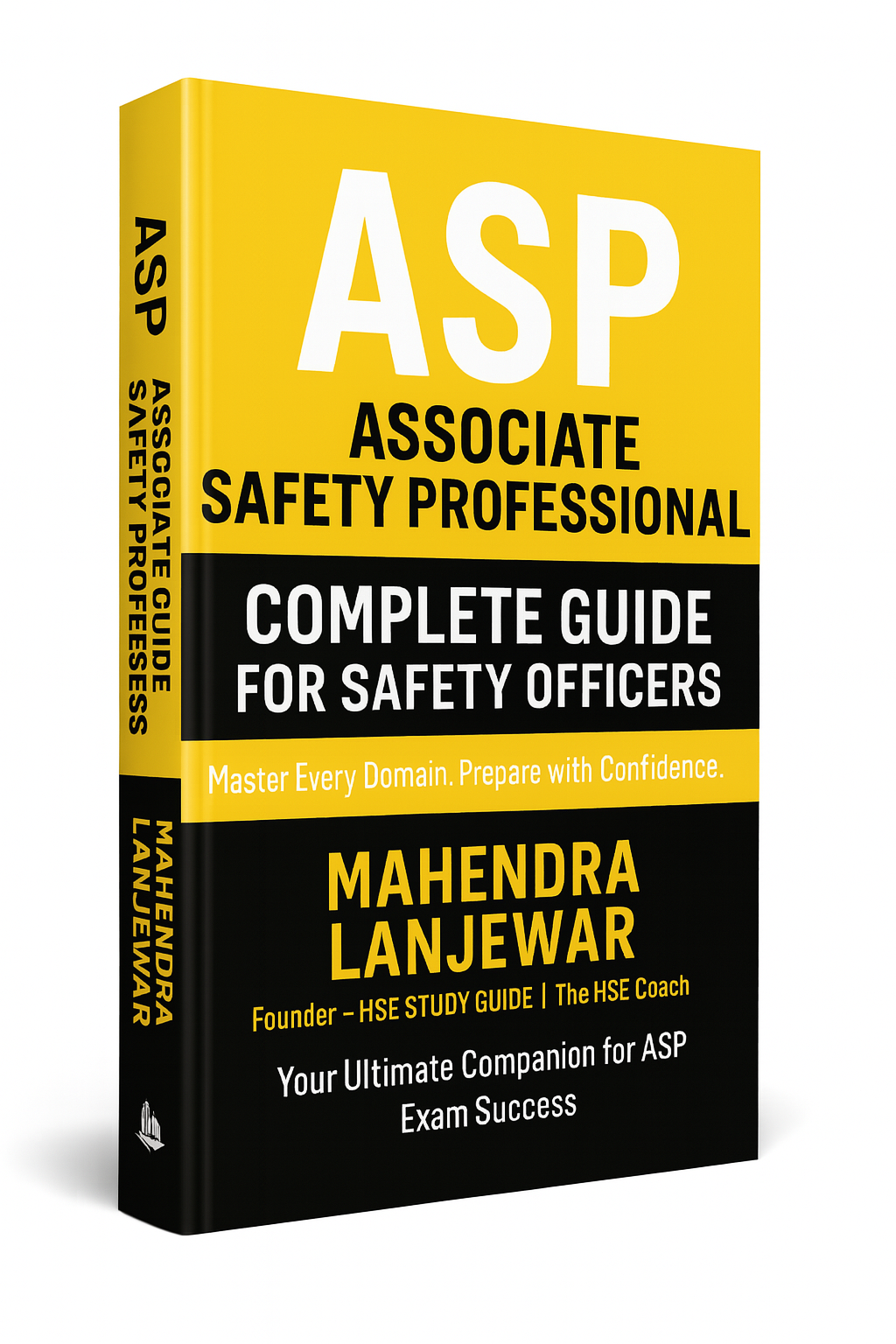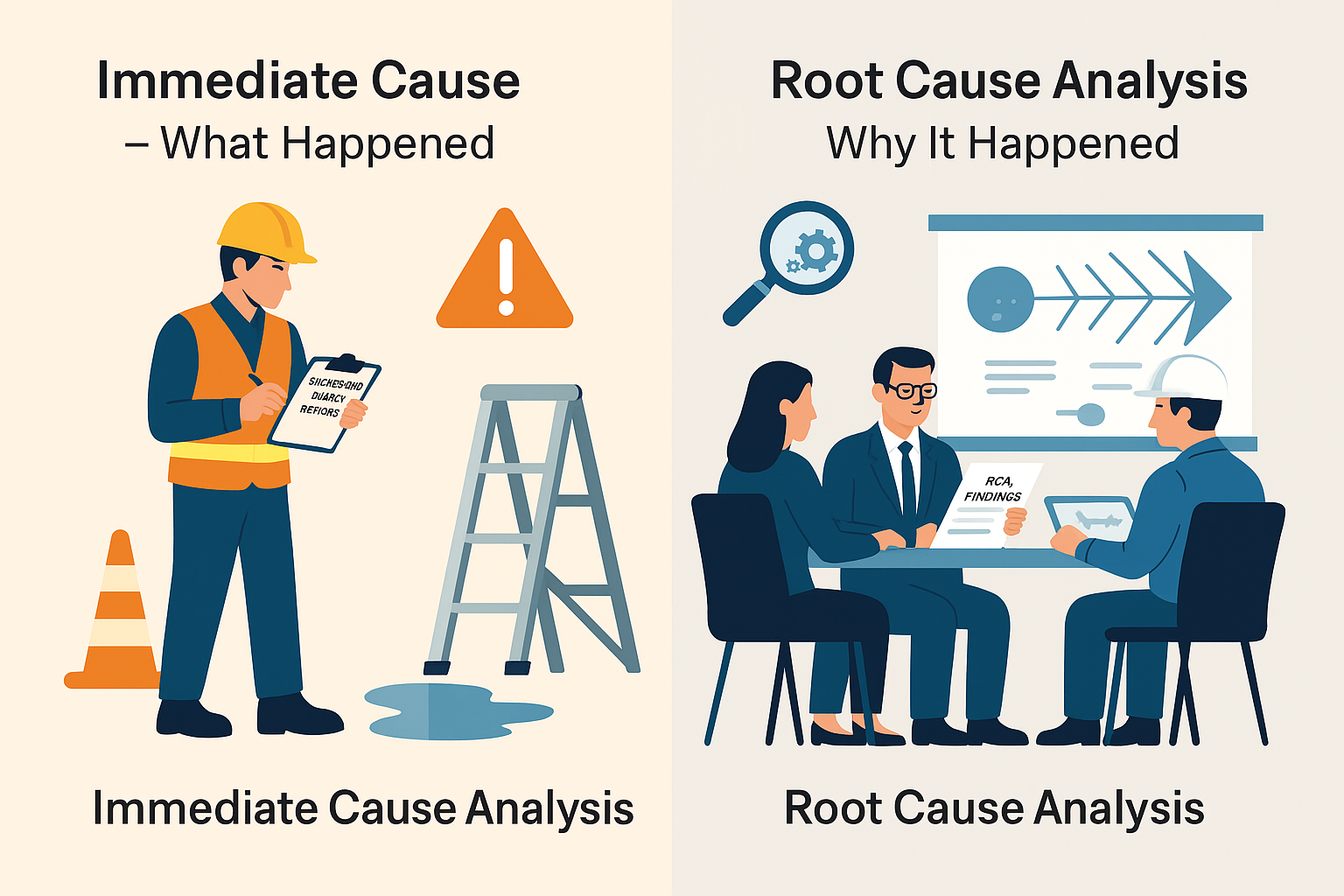
Excavation Safety Quiz Ebook: Free Download
Introduction
Excavation work is essential in various industries but comes with inherent risks. Our free Excavation Safety Quiz Ebook is designed to equip workers and employers with the knowledge needed to prevent accidents and ensure a safe work environment. Let’s explore the key aspects covered in this informative resource.
Chapter 1: Understanding Excavation Hazards
Types of Excavation Hazards
Cave-ins
- Definition: Sudden collapse of soil or walls of an excavation.
- Risks: Burial and suffocation of workers.
- Prevention: Use of protective systems such as shoring, sloping, or trench boxes.
Falls
- Definition: Accidents involving workers falling into excavations.
- Risks: Injuries or fatalities due to falls from heights.
- Prevention: Installation of guardrails, barriers, and fall protection systems.
Falling Objects
- Definition: Tools, equipment, or debris falling into excavations.
- Risks: Head injuries, fractures, or crushing injuries to workers.
- Prevention: Secure tools and materials, and use barricades to prevent unauthorized access.
Underground Utilities
- Definition: Damage to underground pipes, cables, or wires during excavation.
- Risks: Gas leaks, electrocution, or explosions.
- Prevention: Call utility companies for location services and mark underground utilities before excavation.
Chapter 2: Creating an Excavation Safety Plan
Components of an Excavation Safety Plan
Risk Assessment
- Importance: Identify potential hazards and assess their severity.
- Details: Conduct soil analysis, identify underground utilities, and evaluate environmental factors.
Protective Systems
- Importance: Prevent accidents and protect workers from excavation hazards.
- Details: Implement shoring, sloping, or shielding based on soil conditions and excavation depth.
Emergency Response Procedures
- Importance: Ensure timely response to accidents or emergencies.
- Details: Establish communication protocols, evacuation procedures, and rescue plans.
Chapter 3: Excavation Safety Equipment
Essential Equipment for Excavation Safety
Protective Gear
- Items: Hard hats, safety glasses, high-visibility clothing, and steel-toed boots.
- Purpose: Protect workers from falling objects, cave-ins, and other hazards.
Trench Boxes and Shields
- Types: Aluminum trench boxes, steel trench shields, and hydraulic shoring systems.
- Purpose: Prevent cave-ins and provide a safe working environment within excavations.
Warning Signs and Barricades
- Placement: Around excavation sites and hazardous areas.
- Purpose: Alert workers and the public about potential dangers and restrict access to unsafe zones.
Chapter 4: Excavation Safety Training
Importance of Training
- Purpose: Educate workers about excavation hazards and safe work practices.
- Topics: Soil classification, protective systems, emergency procedures, and equipment operation.
Chapter 5: Specific Excavation Safety Measures
Soil Analysis
- Purpose: Determine soil stability and select appropriate protective measures.
- Methods: Visual inspection, soil tests, and consultation with geotechnical engineers.
Sloping and Benching
- Methods: Cutting back the excavation walls at an angle or creating horizontal steps.
- Purpose: Prevent cave-ins by stabilizing soil and reducing the risk of collapse.
Shoring and Shielding
- Methods: Installing supports such as hydraulic jacks, timber, or metal beams.
- Purpose: Reinforce excavation walls and prevent soil movement or collapse.
Chapter 6: Communication During Excavations
Importance of Communication
- Purpose: Ensure coordination among workers, supervisors, and other stakeholders.
- Channels: Verbal communication, hand signals, and written instructions.
Coordination with Site Personnel and Utility Companies
- Purpose: Identify potential hazards and prevent damage to underground utilities.
- Procedures: Call utility companies for location services and follow excavation safety protocols.
Chapter 7: Protecting Workers in Excavations
Precautions for Workers
- Training: Ensure workers are trained in excavation safety procedures.
- Supervision: Assign competent persons to oversee excavation work and enforce safety measures.
Emergency Procedures for Worker Rescue
- Preparation: Establish emergency response protocols and conduct drills.
- Equipment: Provide rescue equipment such as harnesses, ladders, and first aid kits.
Chapter 8: Recovery and Post-Excavation Procedures
Assessing Damage
- Procedure: Inspect excavation site for potential hazards and damage to utilities.
- Reporting: Document findings and report incidents to relevant authorities.
Restoring Excavation Sites
- Cleanup: Remove debris, fill excavations, and restore the site to its original condition.
- Restoration: Repair any damage to property or infrastructure caused by excavation activities.
- Revegetation: Restore vegetation and landscaping in and around the excavation site.
Incident Investigation and Prevention
- Investigation: Conduct a thorough analysis of accidents or near misses.
- Root Cause Analysis: Identify underlying causes and contributing factors.
- Preventive Measures: Implement corrective actions to prevent recurrence.
Chapter 9: Excavation Safety Quiz
Purpose of the Quiz
The quiz aims to assess understanding and reinforce key concepts covered in the ebook.
Sample Questions and Answers
- Question: What is the purpose of sloping and benching in excavation safety?
- Answer: Sloping and benching stabilize excavation walls and prevent cave-ins.
- Question: Why is it important to conduct soil analysis before excavation?
- Answer: Soil analysis helps determine soil stability and select appropriate protective measures.
Tips for Success
- Review the Material: Study each chapter thoroughly before attempting the quiz.
- Practice Regularly: Take the quiz multiple times to reinforce knowledge and improve retention.
Conclusion
Excavation work presents significant risks to workers and the surrounding environment. By implementing proper safety measures and following established protocols, we can prevent accidents and ensure a safe workplace. Download our Excavation Safety Quiz Ebook today to equip yourself and your team with the knowledge needed to stay safe on the job.
Construction Safety Quiz Ebook: Free Download
Confined Space Safety Quiz Ebook: Free Download
Chemical Safety Quiz Ebook: Free Download
Welding Safety Ebook: Hazards and Control Measures – Free Download
Steel Erection Safety Ebook: Hazards and Control Measures – Free Download
FAQs
What is the main focus of the Excavation Safety Quiz Ebook?
The ebook focuses on identifying excavation hazards and providing effective safety measures to address them.
Who should read this Excavation Safety Quiz Ebook?
This ebook is ideal for construction workers, site supervisors, and safety professionals involved in excavation work.
What are some key safety tips mentioned in the Ebook?
Key tips include conducting soil analysis, using protective systems, and establishing emergency response procedures.
Why is continuous training important in excavation safety?
Continuous training ensures that workers are knowledgeable about excavation hazards and equipped to handle emergencies effectively.
























